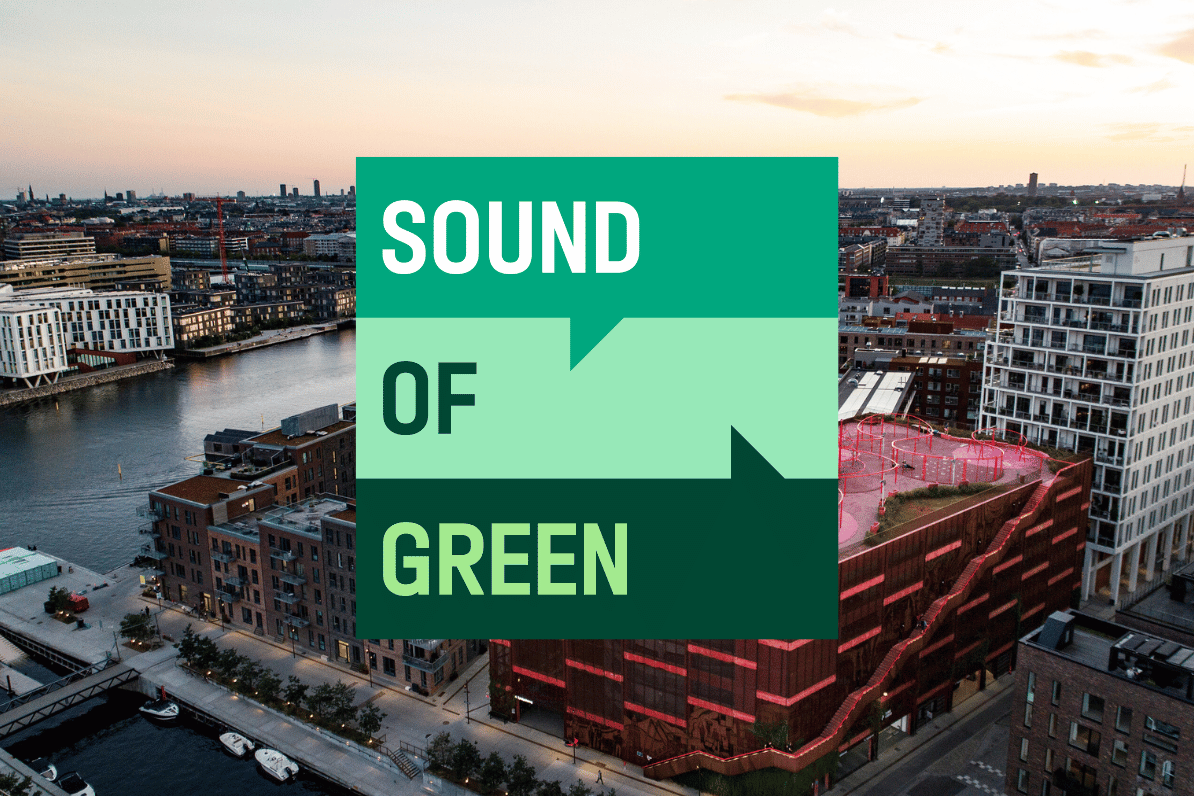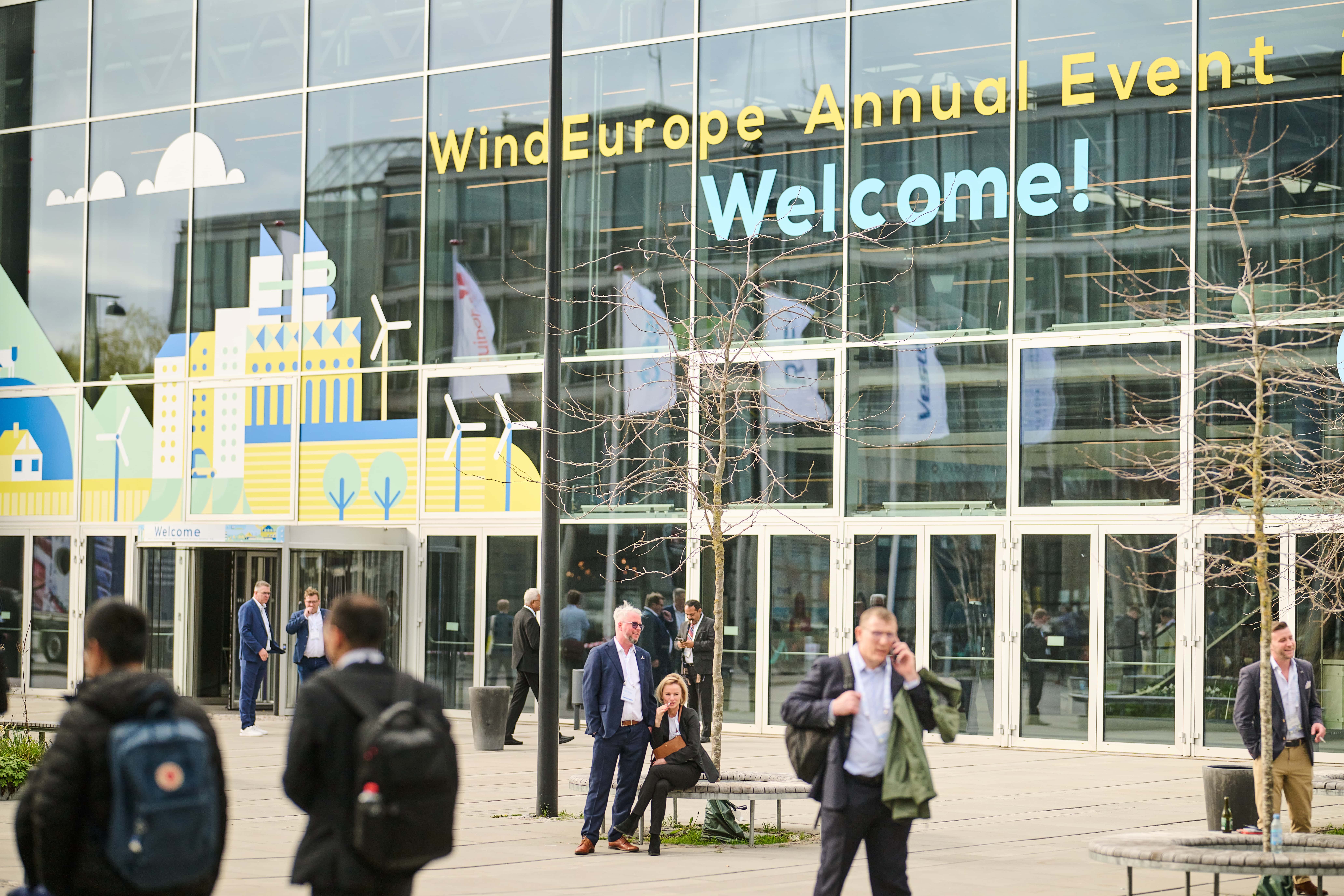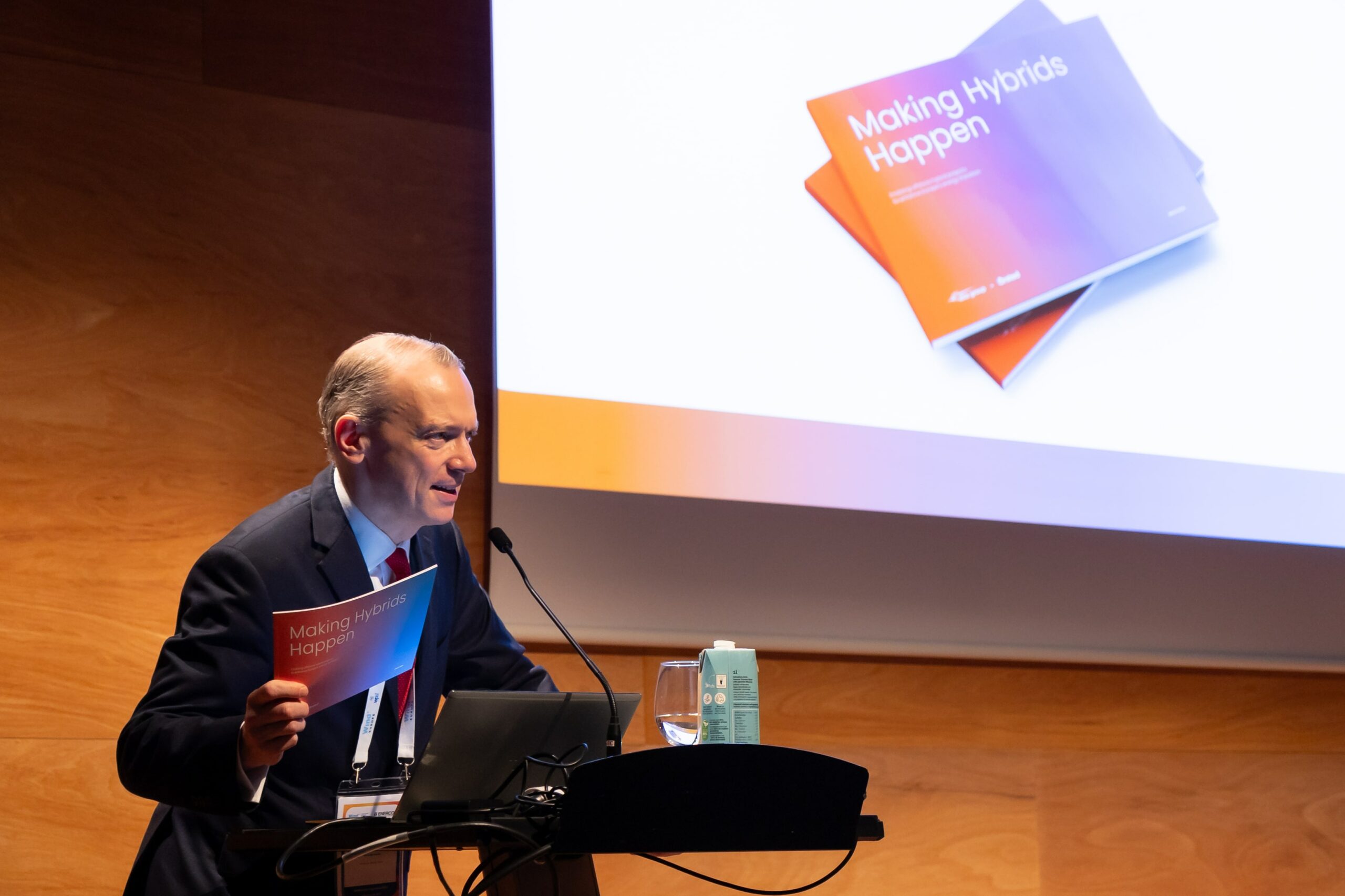News
Smart cities
Smart energy systems
New smart cities white paper launched


Cities account for 70% of global CO2 emissions today. As the pace of urbanisation only quickens, cities face immense challenges related to sustainable waste management, mobility, climate adaptation, water and energy. However, as their political, economic and technological power grows, cities can harness this trend to act as leaders in the green transition and drivers of the green economy – contributing to solving the UN Sustainable Development Goals. Cities need smart solutions to ensure that they are optimised for sustainable economic activity, energy consumption and positive environmental impacts.
The new white paper ‘Smart Cities – Creating liveable, sustainable and prosperous societies’ features lessons learned from smart cities applying sustainable solutions. Through state-of-the-art case examples across waste management, mobility, water, buildings, heating and cooling and smart energy systems, the white paper illustrates how taking a smart approach to urban development creates liveable, sustainable and prosperous societies globally. It is meant to serve as a tool for inspiration for reaping the benefits of implementing sustainable, smart city solutions in cities across the world.
Click here to download the white paper: Smart Cities
The new State of Green white paper is developed in collaboration with the Danish Energy Industries, The Danish Intelligent Energy Alliance, Gate 21 and Ministry of Industry, Business and Financial Affairs.
Launched at Smart City Expo New York
The white paper was launched yesterday during the Smart Cities NY conference at the reception ‘European Smart Cities Meet Brooklyn Tech’ hosted by Danish Cleantech Hub at The Urban Future Lab in New York City. Here, the white paper was presented to the around 130 Scandinavian and American participants and distributed to interested partners.
Inside the white paper
The white paper includes both chapters and real-life case examples of smart city solutions and is structured according to the following framework:
Figure: Top level: Creating smart cities is not an aim in itself. Being smart is only the means with which to achieve a city’s goals of liveability, sustainability and growth. Bottom level:In order for a city to reach its objectives, a solid foundation of basic digital structures have to be in place. This includes infrastructure, datahubs for data sharing and standards for data security and privacy, as discussed in chapters 1-2. Middle level: The specific digital solutions should be applied both across and within the city’s green sectors. Chapters 3-8 identify smart solutions within each of these. Crosscutting level: Both national and international partnership models across the different sectors are necessary in order for a city to reach its objectives. Chapters 9-10 explore the potential of partnerships.
Based on this framework, the white paper elaborates on the specific themes in the below chapters. Each chapter presents real-life case examples, underlining the fact that the smart solutions that make our cities more sustainable -not only in terms of the environment, but in terms of economics as well- are already available:
1. From a smart vision to a smart society
2. Digitisation as a key enabler for smart cities
3. Data is key to smart waste management
4. Smart mobility
5. Water solutions for smart cities
6. Smart buildings in smart cities
7. Urban heating and cooling
8. Smart energy system integration
9. Smart partnerships
10. Global city partnerships for climate action















